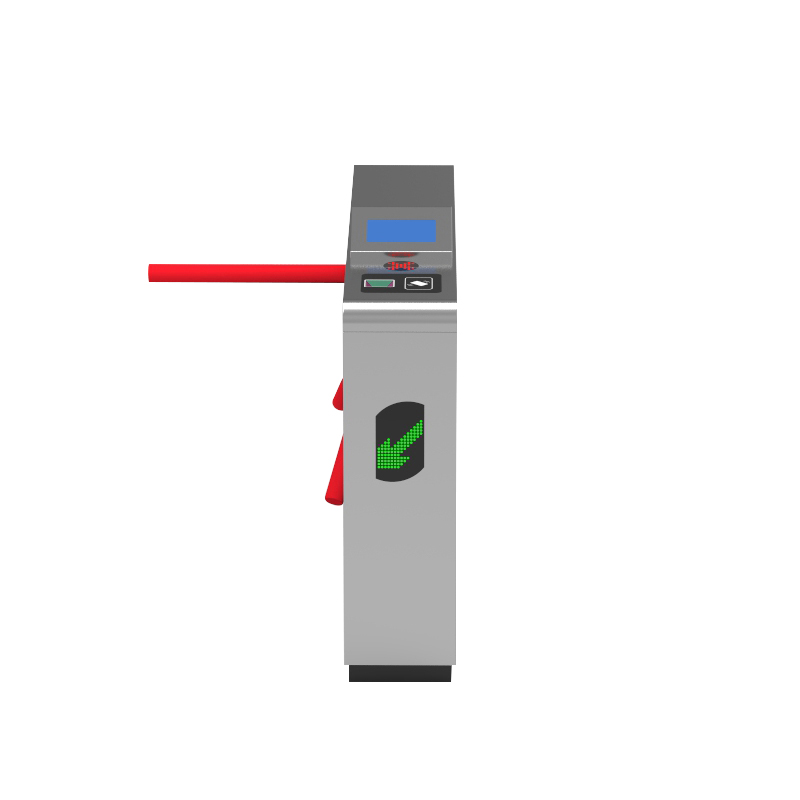What is the difference between a turnstile and a flap barrier?
2023-11-13
Turnstiles and flap barriers are both types of access control systems used to regulate the flow of people in and out of a specific area, such as public transportation stations, stadiums, office buildings, or secure facilities. While they serve a similar purpose, there are key differences in their design and functionality:
Turnstile:
Design: A turnstile typically consists of horizontal rotating arms or bars that allow one person at a time to pass through after a valid authorization, such as a ticket or access card.
Mechanism: Turnstiles rotate in one direction to permit entry and often have a mechanical or electronic locking mechanism that restricts backward movement, preventing more than one person from passing through at a time.
Types: There are various types of turnstiles, including tripod turnstiles, full-height turnstiles, and waist-high turnstiles, each designed for different security and space requirements.
Flap Barrier:
Design: A flap barrier, on the other hand, consists of retractable flaps or wings that open and close to allow or restrict passage. The flaps are usually made of glass or acrylic material.
Mechanism: Flap barriers use a swinging or retracting motion, and they can be configured to allow entry in one direction only or in both directions based on the access control system in place.
Applications: Flap barriers are often chosen for areas where a more aesthetically pleasing or modern design is desired. They can also be suitable for applications where a higher level of security is needed compared to traditional turnstiles.
Key Differences:

Appearance and Design:
Turnstiles typically have rotating arms or bars.
Flap barriers have retractable flaps or wings, often made of glass or acrylic.
Mechanical Operation:
Turnstiles rotate horizontally to permit entry.
Flap barriers use a swinging or retracting motion.
Security Levels:
Flap barriers are often considered to provide a higher level of security compared to turnstiles, as the flaps create a physical barrier that is harder to bypass.
Space Requirements:
Turnstiles may have a smaller footprint, making them suitable for areas with limited space.
Flap barriers may require more space due to the swinging motion of the flaps.
The choice between a turnstile and a flap barrier depends on factors such as security requirements, aesthetic preferences, available space, and the specific needs of the access control system in place.





